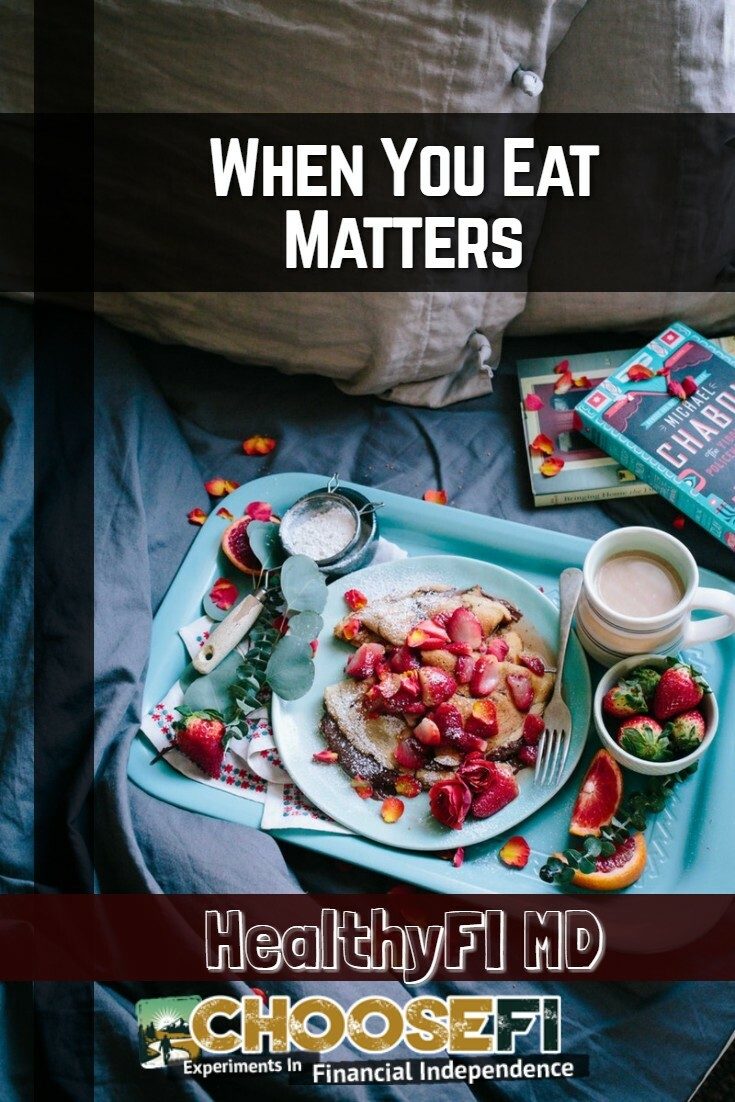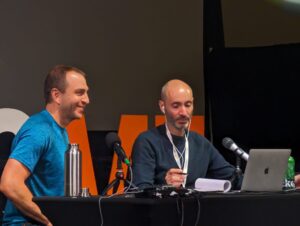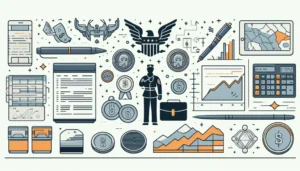You’ve probably heard a lot of conflicting advice out there about when you should eat. I’ve heard everything from eating five small meals a day to eating one large meal to fasting for days. The key is understanding how the body works, and using that information to your advantage. The good news is–this is fairly simple.
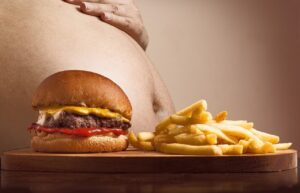 Getting out of storage mode
Getting out of storage mode
When you eat, your insulin levels rise. Certain foods make your insulin levels rise more than others, but all food causes some increase in insulin levels.
Snacking, or eating small frequent meals all day, causes your insulin levels to stay high constantly–keeping your body in storage mode all day long. This is not the place we want to be for optimum health. If you keep a food journal, see how your eating patterns compare. How often are you in storage mode?
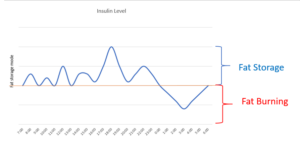
Certain foods cause a larger insulin spike than others. Carbohydrates cause a high insulin spike, protein a moderate spike, and fat causes only a minimal rise in insulin levels.
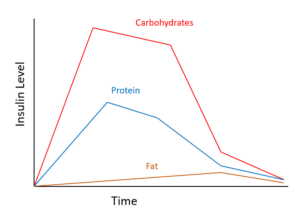
Armed with this knowledge, we can start to think differently about how we eat. FI is all about thinking differently than most other people, and doing things just a little bit smarter. I am going to offer you an alternative way of looking at food and health that is different than most of the advice you hear. In the same way that the FIRE is spreading, this concept has been so successful that it is quickly spreading as well.
When you eat is likely the most important factor in weight loss
Looking at the table above, you can see that you need to minimize the amount of time your body is in storage mode. For optimal body health and weight maintenance, you want to have a balance between being in storage mode, and being in fat burning mode. If you are always storing your calories, you will end up gaining weight. Therefore, the first step in optimizing your eating plan is to drop down to eating only three meals per day.
This will give your body time between meals for your insulin level to lower and will decrease how many calories you are storing throughout the day. You want your insulin levels to look like the following:
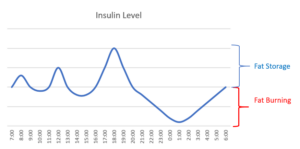
This means do not snack at all between your meals. This includes any drinks besides water, tea, black coffee, or unsweetened carbonated water. Don’t drink diet sodas between meals either.
Some of you may be thinking this is crazy, and you will never make it to lunch time without a snack. The trick is to make sure you’re eating enough fat with your meal to keep you full until the next meal. After years of being told fat was the enemy, this was the biggest hurdle for me.
Here’s how you do it: Whatever you currently eat for breakfast, add some healthy fat to it. Some of the most common ways to do this is by adding a handful of nuts, nut butter, avocado, or bacon. If you currently eat only egg whites, start eating the whole egg. Remember that fat does not make you fat–high levels of insulin telling your body to store glucose as fat is what adds on the pounds.
Looking at the chart above, eating fat is actually the least fattening food for your body. Fat will also make you feel full. It sends a powerful message to the brain that you’re sufficiently nourished. You will have a nice full feeling in your stomach that you cannot get with traditional low fat foods, and this should carry you through until lunch time.
Changing your breakfast so you don’t get hungry
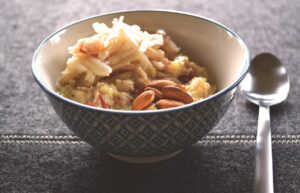
The first day I tried this, I started by eating my traditional oatmeal, but added macadamia nuts and some unsweetened flaked coconut to it. I was slightly horrified by the number of calories on the packages of the nuts and coconut, but I decided I would believe in the model and just go for it.
My oatmeal had never tasted so good! That day I had no hunger pains, and was almost surprised when I realized it was 1 pm and I hadn’t eaten lunch.
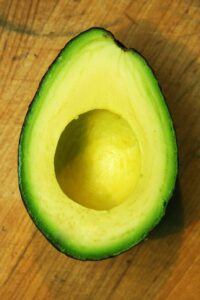
Lunch tastes good again
After getting some confidence with breakfast, I moved on to tackling my lunch. I used to eat a salad with veggies, egg whites, and low fat dressing. It wasn’t at all satisfying, but I thought it was healthy. This pretty much explains why I was starving by 3 pm.
I started adding to my salad an avocado (1/2 – 1 depending on the size), a whole hard boiled egg, and full fat dressing. My salad was completely transformed. It was satisfying and I wasn’t hungry again until early evening.
I actually looked forward to eating lunch now rather than trying to make do with rabbit food.
Build your confidence
Add some healthy fats to your meals and skip the snacks and sodas and your overall calorie consumption won’t change much. Your meals will be far tastier, and you’ll feel better throughout the day.
Remember though, calorie counting is not necessary. Not all calories have the same effect on your body. Focus on increasing your fat intake, and slowly decreasing your sugar intake.
I did this slowly. Even though I believed in the science–it had been ingrained into every fiber of my being that fat was the enemy. Taking baby steps to make sure I wouldn’t immediately gain 5 lbs, I was pleasantly surprised to find just the opposite.
Within one month I had lost 8 lbs–doing nothing more than adding in fat and cutting out snacking. It was the easiest weight I had ever lost, and I did not feel deprived at all. My energy started improving, and I spent far less money on food (packaged snacks and sodas can be expensive!)
Give this a try for yourself. Start with small changes and work your way up from there. Continue your simple food journal, and notice how decreasing the frequency of your eating changes your weight.
